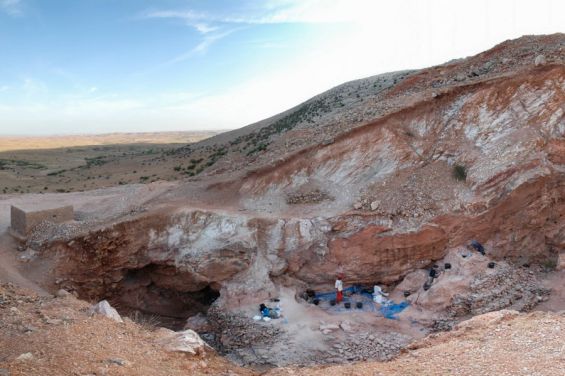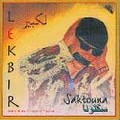Jbel Irhoud, a mountain located in the region of Youssoufia, near Marrakech, has been all over the news these last two days. A fossil found there by an international team was able to determine the early origins of Homo Sapiens. The discovery made on the 8th of June indicates that our ancestors lived in Morocco 300,000+ years ago changing the way scientists looked at the history of humanity.
Indeed, previous discoveries suggested that East Africa was the cradle of humanity 200,000 years ago. The same scenario is repeating itself, thanks to Professor Abdelouahed Bennacer from the National Institute of Archaeology and Heritage and Professor Jean-Jacques Hublin from the Max Planck Society in Leipzig, Germany. The newfound fossil showcases that the first humans were thousands of years ago in a major part of Africa, as Matthew Skinner, a scientist from Hublin and Bennacer's team claimed.

It was in 2004 that the excavations began, leading to the discovery of fossils that belong to five different Homo Sapiens individuals. The remains include essentially pieces from two skulls, a jaw, teeth and other bones. These findings point at the similarities existing between us and the early Homo Sapiens.
A Homo Sapiens that looks like us
The discovery was carried by a method called thermoluminescence, a meticulous measure related to a physical phenomenon. The latter is a form of luminescence that is exhibited by certain crystalline materials, such as some minerals, when previously absorbed energy from electromagnetic radiation or other ionizing radiation is re-emitted as light upon heating of the material. The analysis was able to reveal the fact that these bones were buried 315 000 years ago with a margin of error that reaches 34 000 years. The second method adapted by the scientists is electronic spin resonance which determined the age of the teeth found in the site.
These results are reliable as Matthew Skinner indicates, simply because anatomists were also mobilized to determine whether these fossils would actually have belonged to our species or not. A work that revealed with almost complete accuracy that the individuals had a modern morphology, which makes it possible to affirm that these human species lived in Africa at that time.
Thus, this Homo Sapiens resembles the human beings of today according to the size, teeth and the shape of the jaw. The only difference is the shape of the skull. The fossils present a species that possessed a flatter skull and a brain that was still developing compared to ours. The brain of this ancestor is therefore bigger, and its shape is much longer, explains Jean-Jacques Hublin. Differences that would draw their sources from mutations produced during these 300,000 years in our species, which would have impacted the connectivity of this brain.
Jebel Irhoud, a Moroccan Garden of Eden and gold mine for more than 50 years for archaeologists and anthropologists from around the world, it actually contained a much larger treasure and will surely continue to offer new findings. Africa, the cradle of humanity and the continent of origin of our ancestors, has allowed our species to develop throughout the ages.





 chargement...
chargement...












